SUMMARY
This is AI generated summarization, which may have errors. For context, always refer to the full article.
- DFA: Yolanda shows need for PH-US accord
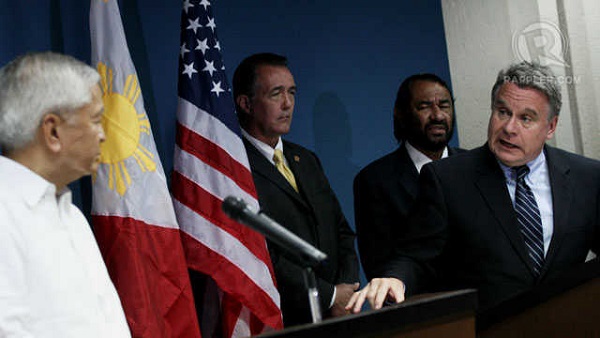
With foreign aid helping speed up relief operations in the aftermath of Typhoon Yolanda (Haiyan), Philippine Foreign Affairs Secretary Albert del Rosario said this shows the need to allow increased rotational presence of American troops in the Philippines. Allowing increased troop visits for humanitarian assistance is part of the framework agreement the two countries are working out. Despite months of talks, the two governments failed to sign the agreement because of some differences in their respective positions. In the aftermath of the storm, the US was one of the biggest donors, donating $22.5 million in financial support and sending troops and aircraft to deliver much-needed food and water to typhoon-ravaged areas. New Jersey Representative Chris Smith said the disaster brought the two countries closer.
Read the full story on Rappler. - Too many meetings in Haiyan disaster response
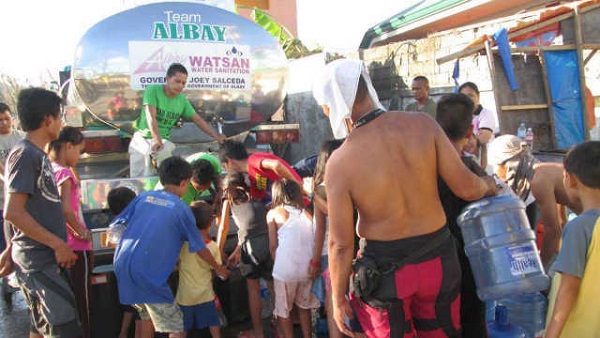
Dr Nats Rempillo of Team Albay said too many meetings held in Tacloban City after the typhoon delayed relief efforts. One of the first local government units to reach the city, Team Albay saw first-hand the confusion and lawlessness in the immediate aftermath of the storm. Rempillo said that although chaos is expected in disaster situations, it could be prevented by having meetings weeks before to establish systems and protocols. In the case of Haiyan, Rempillo said there were too many meetings at the top, but nothing on the ground was happening. The administration came under fire for delayed relief efforts; it took days before some towns finally received help. Rempillo said coordination, planning, and establishing early warning systems are key to better disaster response.
Read the full story on Rappler. - China’s hospital ship arrives for Haiyan survivors
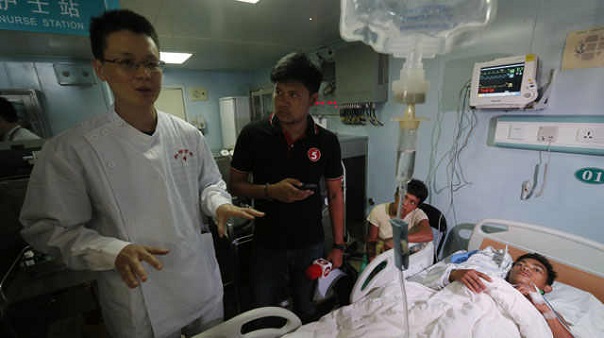
China’s hospital ship “The Peace Ark” arrived Sunday at the Leyte Gulf to provide medical aid to typhoon victims. Chinese Ambassador to Manila Ma Keqing said the Peace Ark is the first medical ship to arrive in the Philippines. Seven injured people were already brought to the 300-bed floating navy medical facility. A field hospital will be set up in the disaster area to receive patients before transferring them to the ship. The Peace Ark has advanced medical systems, including a CT scan room, blood bank, an oxygen generation station, and its own pharmacy. More than 100 doctors and 200 supporting medical personnel are on board. The ship comes after the Chinese government drew flak from international news organizations who called their initial donation of $100,000 ‘measly’.
Read the full story on Rappler. - Jinggoy cites COA reports to question CCT
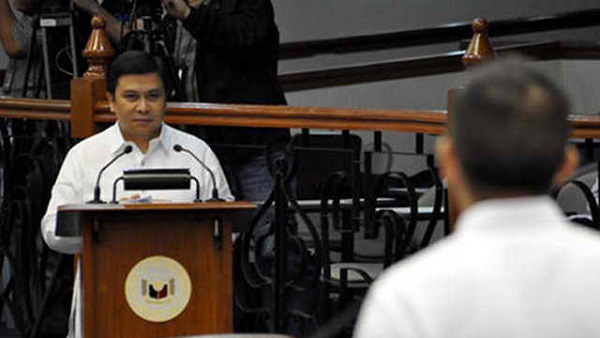
After criticizing the Commission on Audit (COA) for its report on the pork barrel scam, Sen Jinggoy Estrada cited the agency’s findings to turn the tables on the government’s conditional cash transfer (CCT) program. Estrada used COA’s findings on alleged irregularities to question the effectiveness of the administration’s flagship poverty alleviation program. During Senate deliberations on the budget of the Department of Social Welfare and Development (DSWD), Estrada asked Senate President Pro-Tempore Ralph Recto if the non-government organizations (NGOs) the DSWD can tap to monitor the program are legitimate. Recto answered, “I would assume they are legitimate. I’ve read the COA report. There might be other Napoles-type NGOs but not in the DSWD.” Recto was referring to Janet Lim Napoles, the alleged mastermind of the pork barrel scam who allegedly connived with lawmakers – Estrada included – to siphon discretionary funds. The two face plunder complaints along with 36 others.
Read the full story on Rappler. - Estrada: DAP funds used to buy COA car
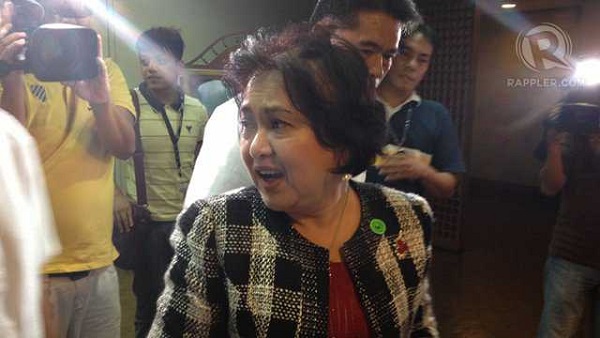
Sen Jinggoy Estrada grilled Commission on Audit chair Grace Pulido-Tan after she admitted her agency was a beneficiary of funds from the administration’s controversial Disbursement Acceleration Program (DAP). During the Senate plenary deliberations on the COA budget, Estrada asked if DAP funds were used to buy the service vehicle for Commissioner Heidi Mendoza. Tan said yes and added she belatedly found out that the funds came from DAP. Estrada then used her admission to question the budget department’s statements about the purpose of the DAP. Budget Secretary Butch Abad had said the DAP was meant to boost spending. Tan declined to comment, but Estrada said she cannot be objective in the agency’s audit of the DAP if it is also a beneficiary. The Supreme Court is studying petitions on the legality of the DAP. Estrada turned her ire on Tan after COA released an audit report naming him as one of the legislators involved in the pork barrel scam.
Read the full story on Rappler. - WHO: number of adolescents with HIV rises

The World Health Organization (WHO) said the number of adolescents infected by HIV jumped by one third over the past decade. WHO said more than two million adolescents between the ages of 10 and 19 years are living with HIV, marking a 33% rise since 2001. The UN’s health agency added millions more are at risk of infection and many do not receive adequate care and support. In the world’s most AIDS-affected region, sub-Saharan Africa, majority of adolescents with HIV are girls who have had unprotected sex. The WHO said the failure to provide proper adolescent-focused programs led to a 50% increase in reported AIDS-related deaths from 2005 to 2012. The WHO said among the measures needed to curb the rise is ending the requirement for parental permission to have an HIV test.
Read the full story on Rappler. - Critics on Iran nuclear deal

The breakthrough deal that saw Iran agree to temporarily freezing its nuclear program got its share of critics – and it’s not just Israel. CNN listed five reasons why critics oppose the deal. Several officials are skeptical of Iran’s commitment to its promise, and noted that the United States lists Iran as a state sponsor of terrorism. Critics also pointed out that Iran won some $7 billion in immediate sanctions relief while leaving in place its nuclear weapons technology, a deal that Sen Chuck Schumer of New York said was “not a proportionate agreement.” CNN also cites the influence of the Sunni-Shiite rift in the Muslim world. Sunni Arab power Saudi Arabia is against Iran’s support for Shiite-affiliated terrorist groups, and there are fears the deal would give Iran legitimacy as a major player – and a bigger threat – in the region. Israel’s staunch criticism of the deal was also met with support by Republicans who traditionally back Israel as a US ally.
Read more on CNN. - Investigators: No motive found in Newtown shooting

US investigators said Monday that they failed to find a motive for last year’s Newtown school massacre, but said the killer had “significant” mental problems. The official report into the December 14 killings at Sandy Hook Elementary School revealed Adam Lanza’s disturbing behavioral problems. The 20-year-old was obsessed with firearms and mass murders, lived as a recluse, suffered from Asperger’s Syndrome but refused medication. The report said evidence showed he planned his actions, but there is “no clear indication why he did so.” Lanza first killed his mother before gunning down 20 first-grade students and six adults in the elementary school. He then turned the gun on himself. The Sandy Hook killings renewed emotional debate about gun control in America but resulted in little reform.
Read the full story on Rappler. - Apple buys 3D company

Apple buys 3-D motion-sensor company PrimeSense, the same company that helped make Microsoft’s motion-control system Kinect. PrimeSense specializes in sensor technology that allows users to interact with mobile devices using their bodies. CNN reports the US company has been in talks with PrimeSense since July. The deal, which went for a reported $360 million, stirs speculations over what the US tech giant is planning next. Although the company won’t say what its plans are, some analysts say the motion-sensor technology could be used for the long-rumored Apple TV set.
Read more on CNN. - Clues on Buddha’s birth in oldest shrine
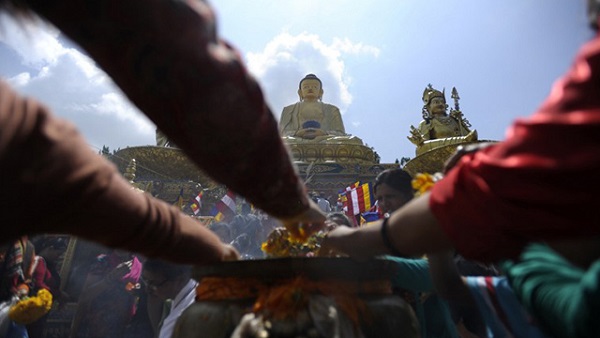
Archaeologists uncovered a Buddhist shrine in Nepal that could provide clues to the birth of the Buddha. The remains of the shrine, dating back to the sixth century B.C., were found under a temple built in the third century B.C. at Lumbini, said to be the Buddha’s birthplace. CNN reports there is evidence to suggest a tree grew at the center of the structure, supporting the traditional story that the Buddha’s mother held onto a tree branch while giving birth. Robin Coningham, lead author of the study published in the journal Antiquity, said, “This is one of those rare occasions when belief, tradition, archaeology and science actually come together.”
Read more on CNN.
Add a comment
How does this make you feel?
There are no comments yet. Add your comment to start the conversation.